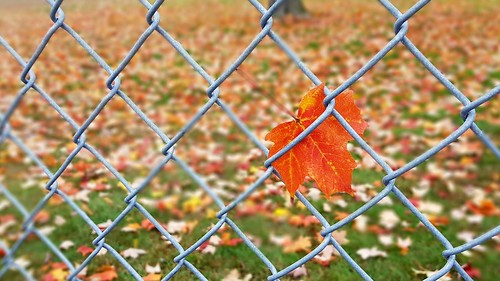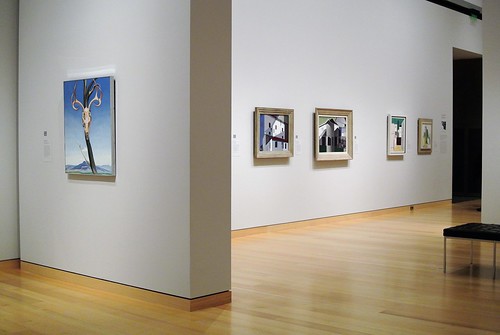
I keep two collections of random thoughts. First, I have my handwritten journal pages: on mornings when I’m not teaching, I try to write four longhand pages in a Moleskine notebook over my morning cup of tea, and on teaching days, I try to use time between classes to write four pages in one of the slim, softback notebooks I keep in my teaching bag.
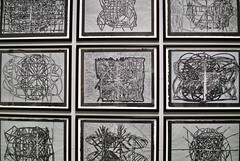
In addition, I have an assortment of typewritten documents I write and store on my Google Drive: each of them dated, and some of them titled. The entries with titles usually end up on my blog, but the entries without titles usually get abandoned or forgotten: pages where I’m basically talking to myself, rehearsing the usual complaints and quibbles.
On an excellent day, I’ll write in both places: I’ll spend a half hour or so on my handwritten pages, then I’ll spend another half hour transcribing any ideas or insights that emerged there. On a good day, I have time to write only in my journal, and on bad days, I don’t write anywhere at all. But even though I don’t manage to write every single day, I still produce a lot of odds and ends. I post some of this random writing on my blog, but much of it lives a quiet, forgotten existence in closed notebooks and forgotten Google Drive folders.
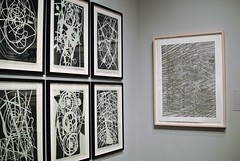
Sometimes when I have time to write but little to say, I’ll open a random notebook or Google Doc, just to see what was on my mind weeks, months, or even years ago. It’s as if my life were a book, and I open to a random page.
Recently, for example, I re-read a Google Doc titled “No timeline” that I wrote in September, 2015:
Last week, I was at Angell for Groucho’s oncology check-up, a ritual we’ve reenacted every month since he was diagnosed with small cell lymphoma over two years ago. As I was leaving our appointment and walking toward the reception desk to check out, I heard a sound from the dog waiting area that stopped me cold: a high pitched squealing whine that sounded so much like Reggie, I had to stop and collect myself.
It’s been over three years since Reggie died, but that doesn’t matter: when I heard a dog that whined like him, the intervening years evaporated and I had to stop myself from rushing into the dog waiting are just to make sure Reggie hadn’t come back to find me. This is, of course, a crazy thought, but a grieving heart knows no logic.
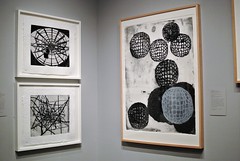
Groucho died in November, 2015, so the monthly oncology appointment I describe in these paragraphs would have been one of his last. But I had no way of knowing that at the time, of course. In September, 2015, Groucho was alive but reaching the end of even the most positive prognosis: chemotherapy for cats with lymphoma works really well until it doesn’t.
In September, 2015, Groucho was alive and it was Reggie I was mourning, even though he’d been dead more than three years. Rereading that entry brings it all back: the still-raw sting of lingering loss, and the too-familiar ache of anticipatory grieving.
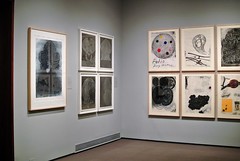
Last year, Bunny the cat died; this year, we’re worried about Rocco. This week, J took Rocco for his first oncology appointment after his recent diagnosis with the same kind of cancer that claimed Groucho: deja vu all over again.
There is no timeline for grief: that’s what I never got around to saying back in 2015. They say time heals all wounds, but that assumes time moves in a straight line rather than circling like a dog before sleep. Just when you think you’ve grown past expecting your dead dog to be underfoot at every step–a phenomenon J calls “phantom dog”–you hear a stranger’s pet at the vet who sounds so eerily familiar, you wonder if grief is the only thing on earth that doesn’t die. Just when you’ve almost forgotten one cat dead to cancer, another gets diagnosed with the same disease, history echoing and repeating, this year not much different from then.





